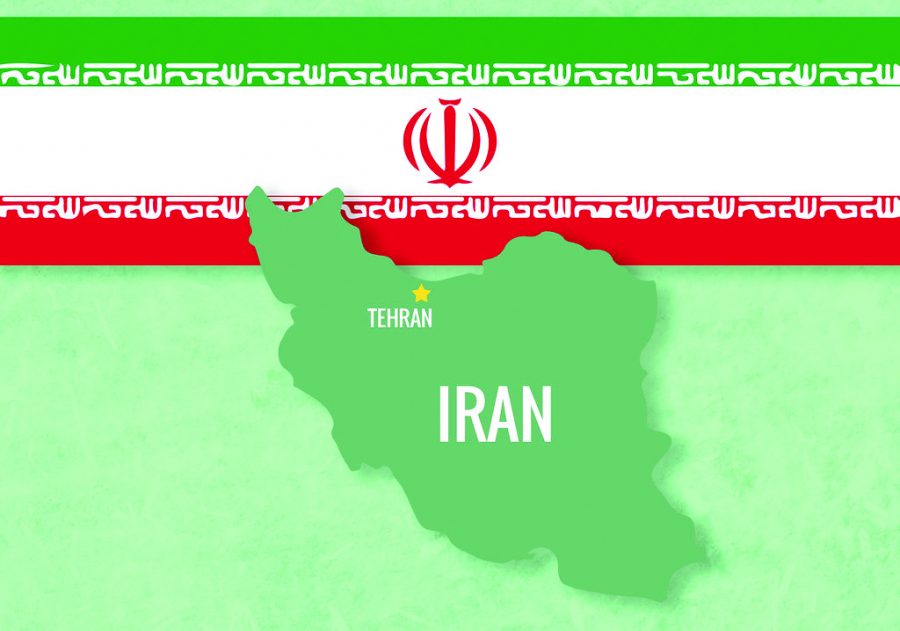US relations with Iran throughout history
February 4, 2020
The country of Iran has been the central focus of much of the mainstream news for the last few weeks. Conflict and turmoil are nothing new for this nation, but this time tensions are much higher, as it seemed for a while that war between the U.S. and Iran could be a very real future. While tensions have thankfully seemed to have died down, it’s important to know the whole story – past and present – of this troubled state.
We start with the main catalyst of all this current conflict: the targeted U.S. drone strike that killed Iran’s top general, Qassem Soleimani. Soleimani was in all aspects an enemy of the United States, as militias he directly funded were responsible for killing American troops. However, he was revered as a war hero by the people of Iran. The strike was ordered by President Trump in response to supposedly Iranian-backed protests at the U.S. Embassy in Iraq. The strike sparked outrage and anti-American protests in Iran. In retaliation, Iran fired dozens of missiles at two U.S.-Iraqi bases in Iraq, giving notice to soldiers stationed there to evacuate beforehand. No one was killed, however 11 American soldiers were reported injured. Then, just hours after the Iranian retaliation, Iran fired two missiles at a departing Ukrainian passenger jet, killing everyone on board. After denying for days that they were responsible, Iran finally admitted responsibility, saying the strike was unintentional. It is likely that Iranian radar had mistook the jet for an American bomber. Upon learning this, Iranian protesters quickly shifted from protesting against America, to protesting their government for trying to cover up the strike.
All through this, conversations and fears about war started circulating en masse on the internet. While the world now knows what happened, it’s much harder to understand why it all happened. To understand the history of the region, and why there is so much tension between the U.S. and Iran, I talked to AP United States History teacher Chris Dozois.
“U.S. involvement in Iran goes way back to the beginning of 20th century, but the main involvement first came in the 50s,” said Dozois. “Before the Iranian Islamic revolution in the 70s, the U.S. saw the Shah (secular leader of Iran) as a potential partner in the Middle East. When the Islamic Revolution disposed of the Shah, in part due to anti-western sentiments, the U.S. gave him asylum, which really angered the new Iranian regime, and that’s really where you start to see the very anti-U.S. rhetoric out of Iran.”
The result of all of this was decades of tension. In an effort to relieve some of this tension, in 2013 the US, several allies, and Iran signed a controversial deal that opened up Iran to inspections meant to deter them from developing nuclear weapons, in exchange for lifting sanctions and providing monetary incentives. However, the US has since withdrawn from that deal and reinstated sanctions.
As of now, full scale war with Iran seems unlikely. But I wanted to get an idea of what would be at stake in a hypothetical war. I sat down with AP World History teacher Sam Wold, to pose the question to him.
“In the case of a hypothetical war with Iran, Iran would definitely be harmed far more than the United States,” said Wold.
“However, you also have to think about the U.S. allies in the region; Israel, the UAE, and the Kurds could all be put in harm’s way in the event of a major conflict with Iran. The fact is however that Iran is already being harmed by U.S. sanctions. The economy is worsening, prices of simple goods are skyrocketing, and it’s mainly affecting the people of Iran, not the government.”
Again, as of now war seems highly unlikely. It’s also unlikely that this tension is going to go away anytime soon, and it’s important to understand the complexity and history of the situation.














